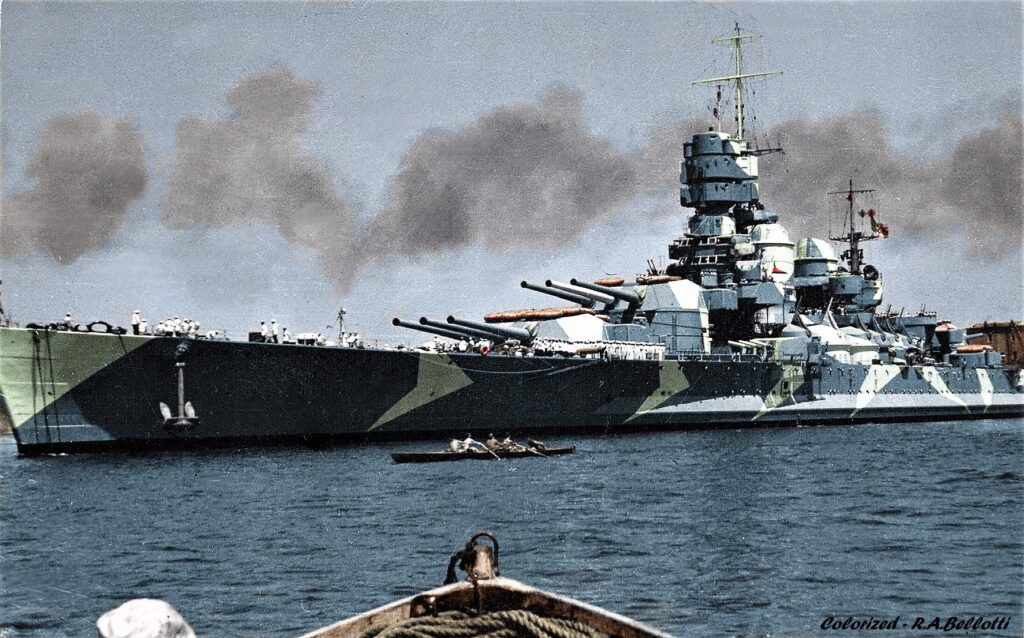
Bomb Alley by Gary Grigsby, published by SSI
First release : December 1982 on Apple II
Tested on : Apple emulator
Total time tested : 7 hours
Average duration of a campaign: 6 hours (assuming you take Malta)
Complexity: Average (2/5)
Would recommend to a modern player : No
Would recommend to a designer : No
Final Rating: Still interesting
As usual, this article assumes you have read the AAR : Part 1, Part 2
There are two competing stories for when and how Bomb Alley started. According to Gary Grigsby’s article “The history of a wargame design” in Computer Gaming World (November 1982), he had started adapting his Guadalcanal Campaign engine to a game called “Malta Convoy” before being in contact with SSI. But in an email exchange I had with him, Grigsby was adamant that he started working on Bomb Alley after SSI had started testing Guadalcanal Campaign, using books given to him by his friend Allyn Nevitt, as “before 1982 [he] knew virtually nothing about the naval campaign in the [Medditerranean].” It is tempting to believe that Grigsby simply misremembers the exact sequence of events, but it is also possible that in that 1982 article there was some reordering of the sequence of events for the clarity of narration. Finally, it is possible that Grigsby started Bomb Alley from scratch despite Malta Convoy, given the heavy modifications that SSI requested to the original 2-player Guadalcanal Campaign game.
In any case, Joel Billings loved Guadalcanal Campaign so much he was very happy to greenlight a follow-up without even knowing the sales performance of the latter. The game was sold at the same price as the earlier product : $59.95, for rather meagre additional content : a set of 2 maps, the manual, and that’s pretty much it.
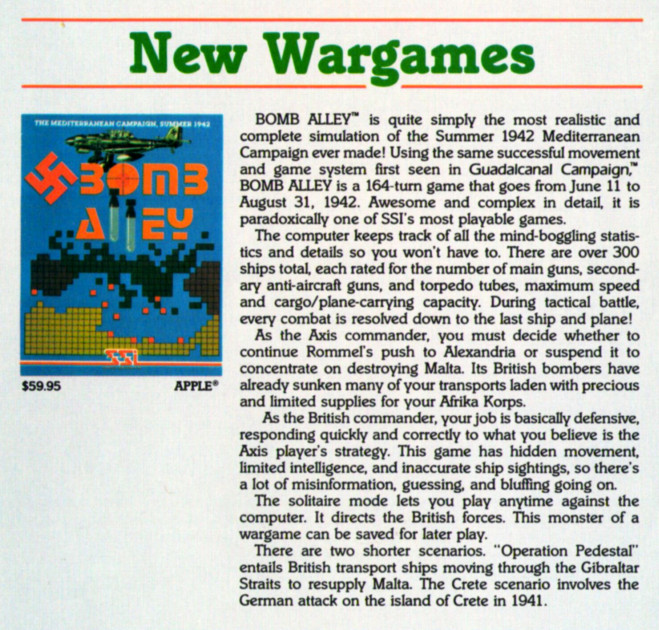
To my knowledge, Bomb Alley received only one official version. However, it is not the version I played. Mine might be from as late as the early 90s when emails allowed a brief revival of the earlier SSI games for Play-by-Email purposes. This version, called 1.9, 2.0 or even 2.1 depending on where you check, was attributed to a Ken Kellogg and can still be found here. It included a mix of bug fixes and minor game improvements:
- Notable bug fixes :
- Some statistics (accuracy of the Swordfish and of the Beaufort, search range of bombers, gun factors of battleships) were corrected to be “same as manual” ; some differences were clear bugs in the code according to Kellogg, but others may just have been modifications made after playtest (and after the manual was printed), nonetheless the new version fixes them all,
- The cost of transferring supplies to the Afrika Korps or the 8th Army from a city has also been aligned to what the manual says – the reality of the code was slightly less generous,
- Various UI improvements, in particular a way better”create fleet” menu, basically the reason for which I chosed 2.0, but more information on this later,
- Some additions :
- There is a weather forecast for the following day – I never used it,
- When the Afrika Korps reaches Tobruk, the Axis player can decide whether to attack Tobruk or bypass it and attack the 8th Army, leaving Tobruk “behind” his army ; the original version of the game forced you to take Tobruk before continuing East.

The “bypass Tobruk” choice is the only significant ruleset alteration, and as such I did not use it in my AAR. This change was introduced because apparently in multiplayer, transferring a huge part of the 8th Army into Tobruk made it impregnable and stopped the Afrika Korps. In the 2.0 version, Tobruk can still be made impregnable, but in that situation the Afrika Korps can just roll over a weakened 8th Army. Furthermore, once Tobruk is bypassed, its garrison cannot be transferred out and is thus effectively neutralized.
Ken Kellogg also analyzed the code for hidden rules, with the weirdest and most specific being applied the HMS Welshman. To quote from Kellogg’s notes : “A special bit of code decreases the accuracy of all air attacks against the DML “Welshman” by 80%. An Axis player who wants to sink her would be wise to use surface combat.” This is due to the uncanny capacity of the real-life HMS Welshman to make it to Malta, either alone despite constant air attacks, or as part of a convoy despite the rest of the convoy meeting a grisly end. Sadly, like a reverse Achilles, the Welshman‘s invulnerability did not extend below the waterline and it was torpedoed and sunk by a submarine in February 1943.
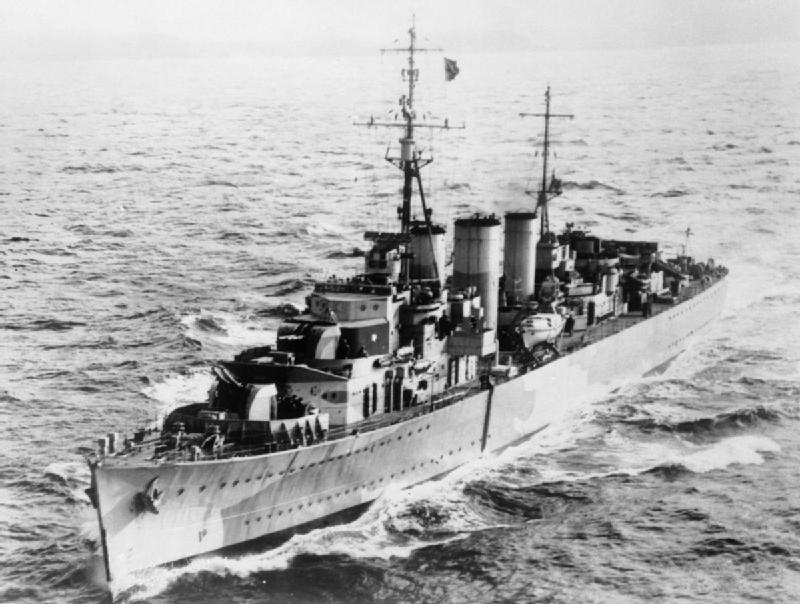
On this last anecdote, let’s move to the rating ! To avoid repeating a lot of things, I will mostly compare it to Guadalcanal Campaign.
A. Immersion
There are three layers to this.
- The first layer is basically graphics & sound, and obviously, Bomb Alley is not really competing there,
- The second layer is the “chrome” of the game : the unit list, the special rules to represent this or that specifity. Just like Guadalcanal Campaign, Bomb Alley comes with an incredibliy detailed order of battle for the ships :
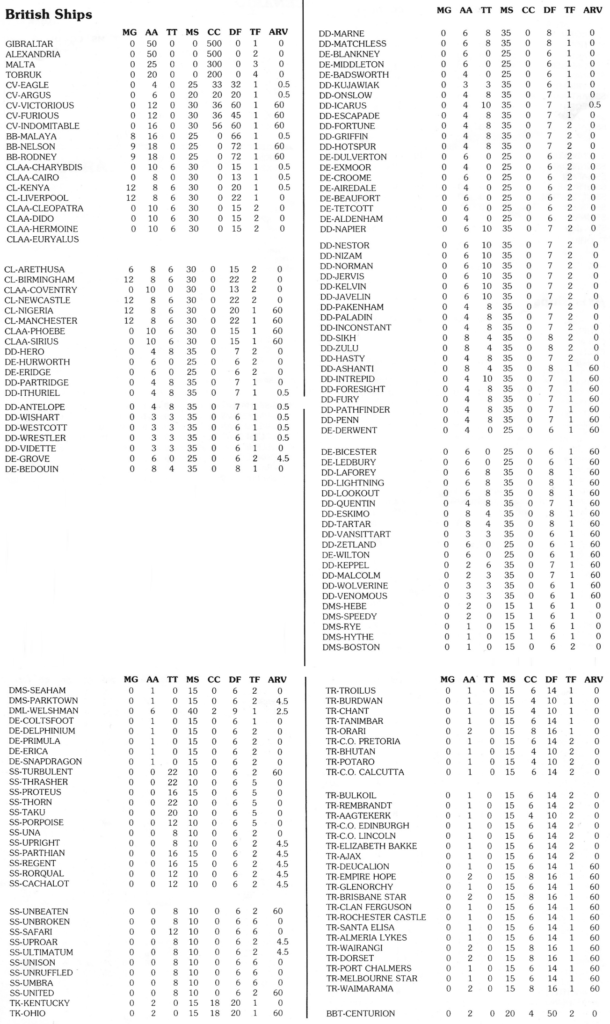
Bomb Alley does not have seaplane tenders (I don’t think they were ever used in the Mediterranean, there were enough bases around), but it comes with torpedo boats and “Transport Battleship” so Gary Grigsby is forgiven.
While the ship line-up is incredibly detailed, the air line-up is only 5 planes by faction. I understand it is not possible to represent the myriad of airplane types that existed in the Theater (imagine having to assign separately for each mission a number of Me 109, Me 110, Macchi C-202, Macchi C-200, Fiat C.R32, CANT Z1007 etc down to Rogožarski SIM-XIV-H), but a little more Italian colour with just one of their fighters would have been nice.
- The third layer is about the “ebb-and-flow” of the game and there, it feels realistic as long as Malta survives : convoys of both sides are intercepted, the submarines have a field day, planes are attacking each other’s bases. After the fall of Malta, the immersion collapses, as do the British. I can’t imagine the British not organizing massive naval support if the Germans reached the gates of Alexandria, but here they gave me the impression they were just waiting for me to mop them up.
A last note on the topic. The manual concludes with a monography on Malta written by Joel Billings’ father. It is well-written and describes the conundrum faced by the axis in North Africa, so with Billing’s amicable authorization I uploaded it here.
Rating : Good
B. UI , Clarity of rules and outcomes
First thing I must cover : the original Bomb Alley must have been dreadful to play without the manual on one’s knees. I did not know it when I reviewed it, but Guadalcanal Campaign received two versions : 1.0 and 1.1. The 1.1 version, which is the one I played, had a detailed “create task force” menu, whereas in 1.0 it was just a list of names.
But Bomb Alley never received a 1.1 version, so if you use an official version you are stuck with a list of names, even though transports could have different speeds. If you wanted to avoid your floating bucket of rust to be in the same convoy as the Lamborghini of transport ships, you have to check the ship stats in the manual… or upgrade to the fan-made 2.0 version that provides exactly that information.
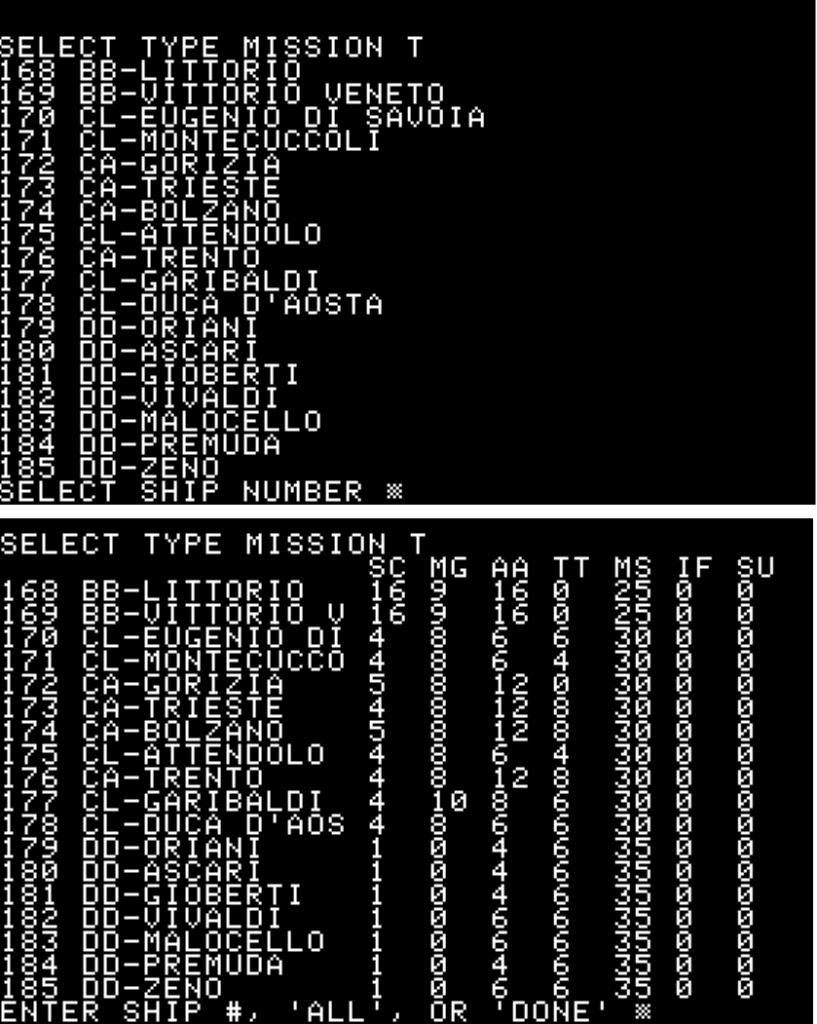
The game itself plays exactly like Guadalcanal Campaign… except for the new features, which feel shoehorned and poorly integrated in the existing UI terms. For instance, you can attack enemy bases, but the “target number” is only to be found in the manual. Your bombers can do close-attack support (CAS missions)… but the only way to do it is unintuitively to leave your planes idle, and if there is a CAS mission available then they will do it.

As for the manual, Grigsby said that writing the Guadalcanal Manual had been “two weeks of sheer drudgery“, but the results were there, with a very clear and well-written manual. For Bomb Alley, Grigsby just modified his Guadalcanal Campaign manual, so it is still clear, but one must track the sometimes significant differences hidden in the addition or modification of a sentence in the middle of a paragraph that has otherwise not changed.
Rating : Very good
C. Systems
I am not going to deep-dive again in the engine after my review of Guadalcanal Campaign, nor cover the land combat which I believe I explain during the AAR, so I will focus on the difference with the previous game :
- Endurance & Refitting time
The most frustrating feature of Guadalcanal Campaign was Endurance, with air attacks immediately reducing it to 10, which meant, with the distance involved, that your Task Force could remain in an interesting area for 2 days before having to head home to refit for 7 days (14 in Brisbane / Rabaul). In Bomb Alley, an air attack reduces endurance to 15, and while the rule still feels artificial, that leaves a lot more time to use the fleet, especially for the Axis given their ports are so close to their area of operation. Moreover, instead of 7 days, a refit takes 4 days. For the British player, training carrier pilots is also much faster (2 days instead of 15 days), so the problem of spending more time waiting for the ships to be ready than actually using the ships is pretty much fixed.
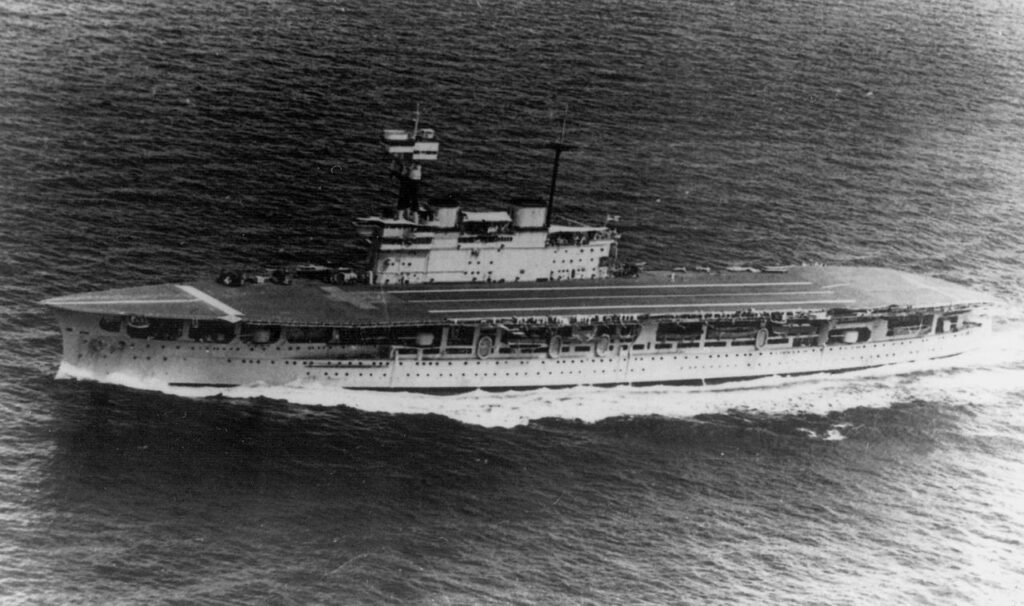
- Base supplies
Possibly to balance out the shorter refitting time, Bomb Alley changes how supply works. Supply is generated every turn in Italy (for the Axis) or Alexandria / Gibraltar (for the Allies), but now everything costs supplies :
– any air mission from any airport,
– creating task forces to the sea, of course depending on the ships used, battleships and carriers being the most expensive,
– (of course) loading up supplies for transportation to North Africa,
I did not encounter the situation as I ended the game early, but I suspect the Axis player may very well run out. Starting at 500 supplies in Italy, I was down to 212 by the fall of Malta, though I was back to 350 by the end of the game – but then I barely sent air missions and any combat ship larger than a destroyer remained in its port.
- Launching missions
In Guadalcanal Campaign, a given airport/ carrier could only launch one mission by day. In Bomb Alley, you can send as many missions as you want from a given base, as long as the total is below 20 missions. This allows you for instance to send a handful of bombers against a submarine, and the rest against a convoy. A welcome change !
Another interesting change is that any airport can be attacked, allowing to destroy those precious supplies, plus any plane left on the ground. Sadly, beyond the battle of Malta I did not leverage this feature much (a few raids on Tobruk).
- Surface combat :
The game has exactly the same rule as Guadalcanal Campaign for day combat. At night, the rule changes : the Axis (Italian) surface ships have 67% odds of skipping their attack at night (“fail to find their targets“), except the Torpedo Boats which also receive massive bonus at night : twice as accurate, twice harder to hit. In practice, I found Torpedo Boats much better than surface ships, and more economical on supplies, too.

- Submarines :
In Guadalcanal Campaign, each submarine had 1% of chance of finding & attacking an enemy task force every turn. Given the theatre was much larger, submarine attacks were rare, and submarines were relatively irrelevant. In Bomb Alley, British and German submarines have a 15% base chance of finding & attacking an enemy task force, so every turn you will see several ships attacked by the submarines of one side or another – so much so that almost all my lost ships were sunk by submarines, and I believe a good third if not half of the British ships I sank were the victims of submarines. This makes submarine search missions relevant, and destroyers (which helps against submarine attacks) critical.
The Italian submarines keep the 1% chance to find & attack an enemy task force, to represent their modest historical results (excluding the Decima MAS midget submarines, absent from the game).
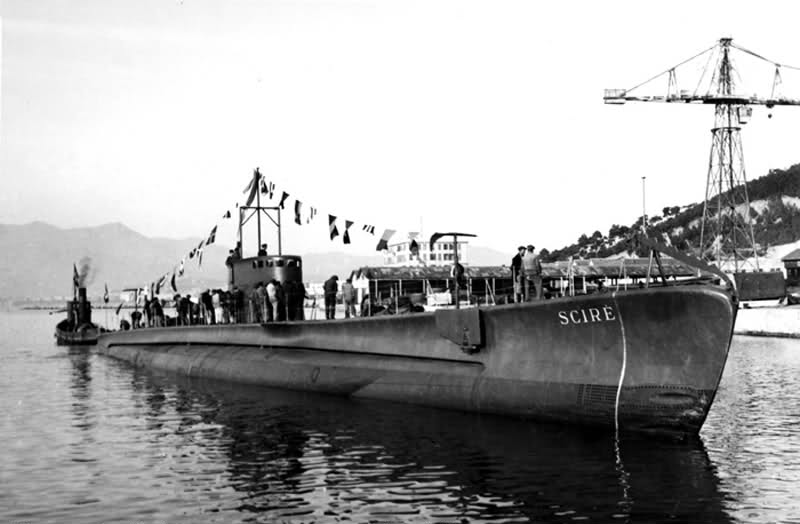
Overall, Bomb Alley is a real improvement over its predecessor, as all the frustrating features were removed!
Rating : Good
D. Scenario design & balancing
The game comes with a main campaign (June 11th – August 31th) and two mini-campaigns :
- The invasion of Crete (11 days), which is a good tutorial given it has some of the game’s new features, for instance paratroopers attack,
- Operation Pedestal (6 days), which is pretty much a combat scenario,
Overall, Bomb Alley‘s main campaign is a lot more action-packed than the Guadalcanal Campaign. This is due to the ruleset but also to the geography. In Guadalcanal Campaign, the main base on both sides was several days away from the target (Henderson Field), and except if a player went on the offensive, the overlap of the opposing “supply routes” was minimal – basically Guadalcanal itself. In Bomb Alley, the Axis supply route to North Africa and the Allied supply route to Malta is shaped as a cross, with the Allies also passing right in front of either Crete or Sardinia on their way to Malta. Due to this, there are air attacks pretty much every single turn In Bomb Alley.
Bomb Alley also has some real strategic choices for the Axis : Do you destroy, suppress or ignore Malta ? Do you garrison Crete and/or Sardinia or do you concentrate ? In 2.0, what do you do with Tobruk ? I believe ignoring Malta is a losing proposition as you will not be able to pass the Qattara Depression, but maybe I am incorrect. In any case, I also appreciate the feeling of strategic progress (with enemy bases that can be shut down / conquered, and the frontline moving) that Guadalcanal Campaign did not have.
Bomb Alley‘s scenario design does have some weaknesses. My main complaint is that it is maybe too historical : the two initial convoys (Harpoon and Vigorous) and the Pedestal convoy are going to happen no matter what, with always the same composition – the only possible variation is a rule that may randomly trigger an early Pedestal. The only wildcards for the British are the battleships (initially only one) and carriers (initially only two) in Gibraltar, but the AI did not use the latter in my game. I suspect the game is not that replayable in solitaire, except to test new strategies in regards to Malta. This is aggravated by the (still) terrible AI which does not reinforce Malta with planes, nor does it try to push its advantage in North Africa when clearly the front has been abandoned; after the fall of Malta the AI has pretty much stopped playing.
Bomb Alley has no aircraft carriers to play with for the solitaire player, and even the battleships and cruisers will not sortie much. Motor torpedo boats might not be glamorous, but they do a much better job than large surface ships (due to the effectiveness of torpedoes, the number of MTBs, their speed and the lack of refitting time) for cheaper while also being a lot more expendable. It is not like the MTBs’ low endurance will be a problem when the only area that needs to be covered is one turn of fast movement around Malta. Battleships (and axis long-range missions) could have had a more important role if naval support missions had been possible along the coast of Africa, but alas, even Tobruk cannot be bombarded.
Rating : Poor
E. Did I make interesting decisions ?
Yes, at the beginning. There is an initial strategic decision and plenty of tactical decisions (allocation of fighters and bombers between North Africa, Malta and the different convoys) – especially when the player has not realized the weakness of the AI. Once Malta has fallen, there is only one course of action, and no more interesting decision to take.
F. Final rating
Still interesting. Still brought down by the weakness of the AI, Bomb Alley is a much better game than Guadalcanal Campaign, more condensed, with a feeling of progress “on the map” and with the most frustrating rules removed. I definitely recommend you give it a try if you never played a monster wargame before.
Contemporary Reviews :
Bomb Alley didn’t have much luck with its Computer Gaming World review (July 1983). After describing how the game works, Richard Charles Karr immediately exposes his gripes with the game : according to Karr the most detailed simulation on the market should do even more. Karr would have wanted more aircraft types (“where are the Blenheims, CR32’s, CR42’s and Hurricanes ?”), better management of the mission endurance (which “should be a function of vessel bunker and store capacity“), more realism on the gunnery aspect (“naval gunfire should be a function of size and rate of fire, not “main gun”, “secondary gun”, or “AA gun“). But Karr is not done. Karr has a vision, just like Crawford, but Karr was not given an editorial so Bomb Alley‘s review will have to do :
Wargames in the computer format should crunch through all the dull, lengthy, necessary mind-blogging detail that monster games attempt to present. Built into the program of a game should be the equivalent of determining shell penetration vs armor, anti-aircraft fire vs level of bombing attack, effective vessel operating range vs station-keeping and turn-around of "down" aircraft vs the mechanical competence of ground crews and availability of parts. [...] The interface of combat should represent all the nasty and technical "dirt" that the best historical research has to offer instead of several percentage-based combat results tables.
Of course, the difference between Karr and Crawford is that Crawford had actually made games, and successful ones too, before writing editorials. Based on his design notes on Legionnaire and Eastern Front I believe Crawford would argue that even the most realistic simulation is going to be a terrible game if the UI does not follow. In any case, having made his point, Karr concludes : “Bomb Alley is an enjoyable and entertaining game […]. It offers moderately serious wargamers the opportunity to sink their teeth into something more advanced than arcade entertainment or very simple wargaming.” Hardly a rave review, nor a fair one in my opinion.
Years later in November 1991, Computer Gaming World carries on being harsh on Bomb Alley, with Chris Evans in his review of all WW2 wargames : “This treatment of the World War II Mediterranean Campaign was not a succcess in its initial release. Time has not revised this judgment.”.
Other contemporary reviewers did not use their review as a tribune for their creative vision (or the creative vision other one-man teams should have). Softtalk (March 1983) calls Bomb Alley “easy to play” and more than that : “short of having been in a war room beneath Number 10 Downing Street or in the Reich chancellery in Berlin, the excitement couldn’t be greater.” The game is “a worthy successor of Guadalcanal Campaign and will captivate gamers of all levels“. Later, Brian J. Murphy for Creative Computing (September 1983) is able to see the big picture and testifies that “[Bomb Alley] faithfully recreates the strategic choice the commanders faced and the dilemmas they had to resolve […]. Add to this non-stop action and you have a formula for great strategic wargaming.”
Sadly, the game sold only 2082 copies, a failure that Joel Billings explains by the lack of popularity of the Mediterranean naval front : “People are interested in playing the desert campaigns, but in Bomb Alley it’s a simple abstraction that is totally dependent on the outcome of the naval/air campaigns. In hindsight, that’s probably historically accurate, but not what people are most interested in seeing in a game.” Of course, rampant piracy did not help – the game was after all popular enough to be modded.
Gary Grigsby will use its Guadalcanal Campaign engine a third time, pushing it absolutely to its limit in North Atlantic ’86. I am curious to know how the engine is adapted to modern warfare, and it is one of the titles I am looking forward for 1983.
2 Comments
Great read. Preferring the Gazzetta del Popolo to La Domenica Del Corriere is a peculiar choice, but we’ll let it pass!
The Billing article is nice: I’m not entirely sure that even in relatively early 1941 the Axis had a good chance of getting Malta tho: Crete was a bloodbath and the Italians had enormous problems in logistics and naval invasions aren’t kind to improvisation.
Terrific review. Grigsby was all about ‘chrome’ from the early days. What is surprising is just how much he could squeeze into the 48K available on the Apple II+. And if you want hi-res graphics too then you’ve got only maybe 20K left for BASIC and a lot of program chaining needed.
Karr’s gripes don’t appear to consider that chrome is shiniest when it’s out out on display. What lies under the hood simply needs to be functional and fast. Complex systems might be fun to program but simple percentage-based calculations is really the best way to go. If the systems hadn’t been documented so well in the manual would he have even known?